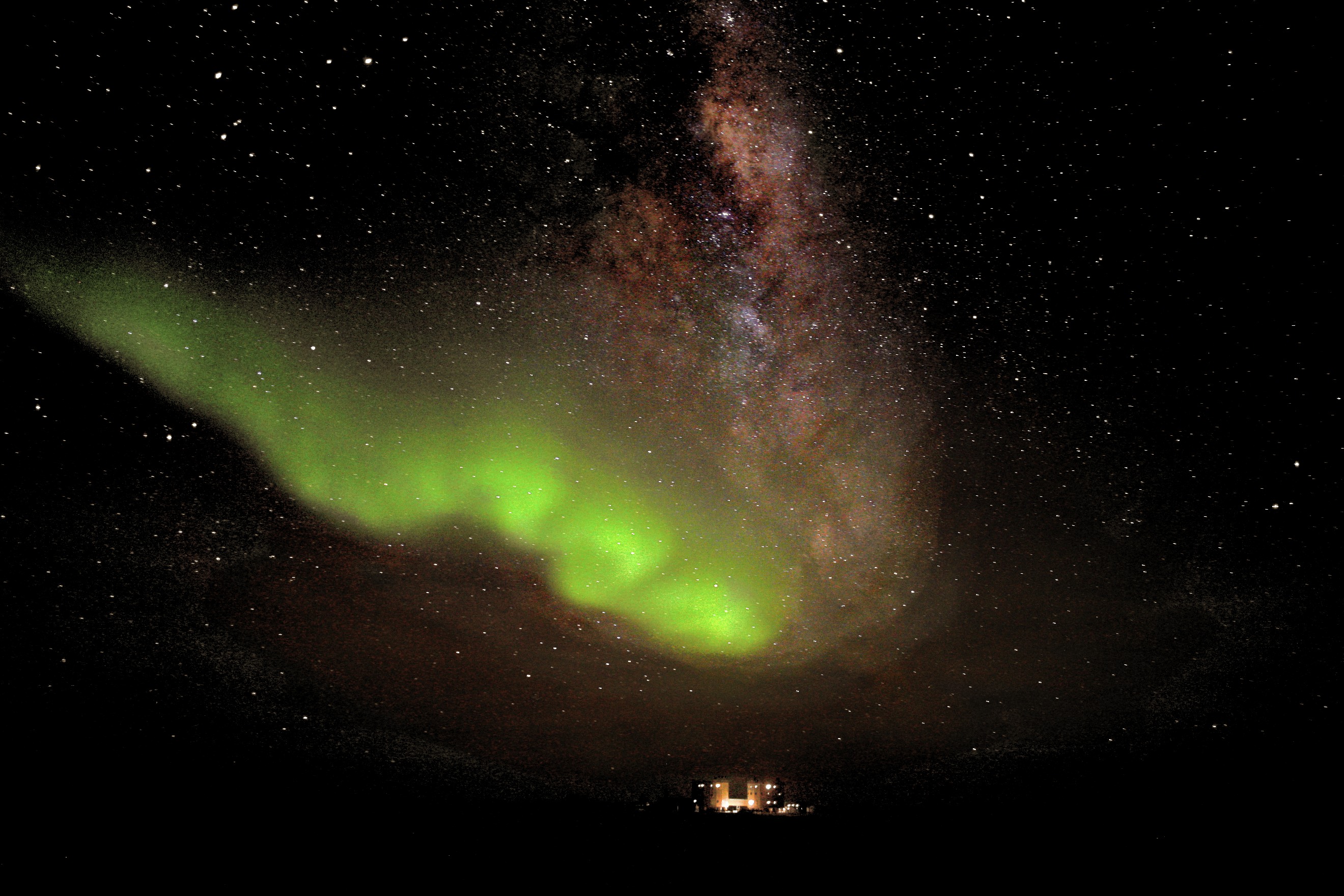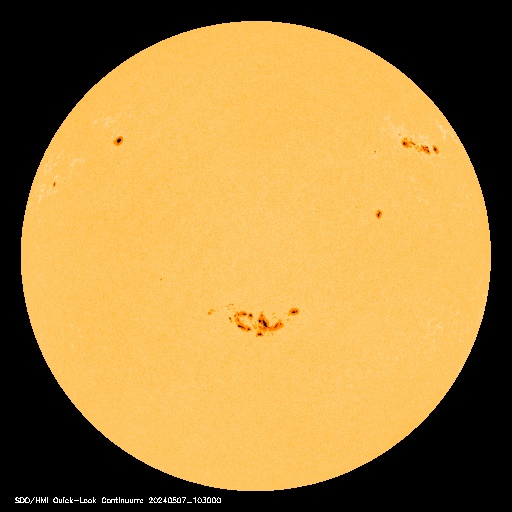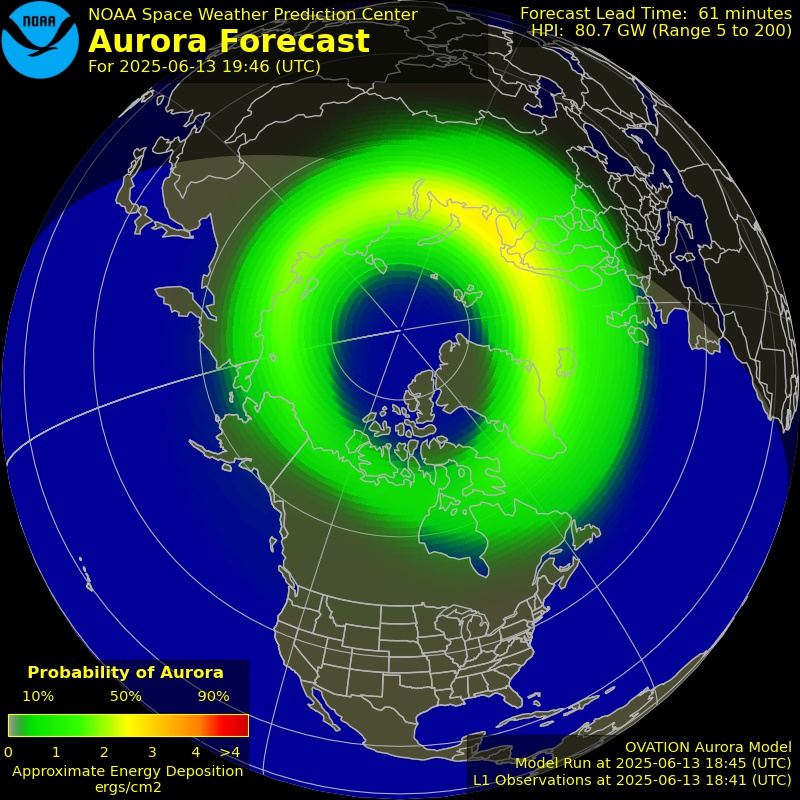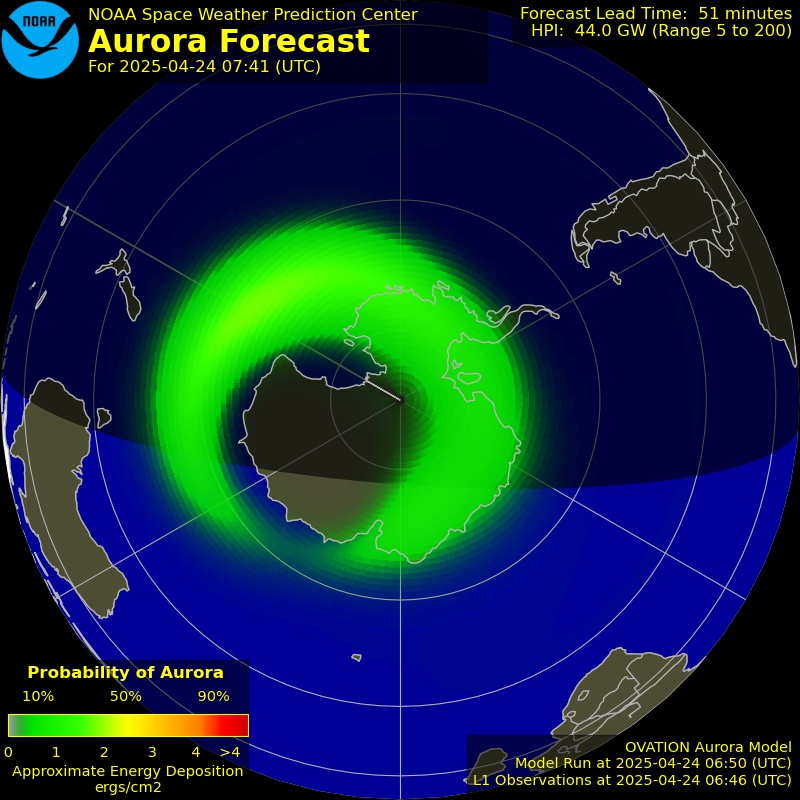ESA’s Space Situational Awareness programme is taking centre stage during the ninth European Space Weather Week, with experts showcasing a recently opened space weather service centre and highlighting European space weather research and development.

As part of ESA’s SSA Preparatory Programme, the Space Weather (SWE) Segment focuses on services for owners/operators of satellites in space and infrastructure on the ground. ESA’s SWE services will enable end-users in a wide range of affected sectors to mitigate the effects of space weather on their systems, reducing costs and improving reliability. In Europe’s economy today, numerous sectors are potentially affected by space weather, ranging from space-based telecommunications, broadcasting, weather services and navigation through to power distribution and terrestrial communications, especially at northern latitudes. Each of these sectors has a need for space weather data and services, together with a further requirement for those services to be tailored to their particular application. Credits: ESA – P.Carril
European Space Weather Week, 5-9 November 2012, is the largest annual European space-weather conference and brings together scientists, engineers, industry and policy-makers in Brussels, Belgium to discuss the latest advances in the crucial topic of solar effects on Earth.
It’s a fitting venue for ESA to showcase recent developments in the space weather activities of the Agency’s Space Situational Awareness (SSA) programme.
Space weather refers to the environmental conditions in Earth’s magnetosphere, ionosphere and thermosphere due to the Sun, and the solar wind that can affect spaceborne and ground-based systems and services.
As part of SSA, the Agency’s space weather specialists are focusing on developing warning services to help protect satellites and ground infrastructure. These services will enable end-users in a wide range of economically vital sectors – like gas/oil drilling, banking and navigation – to mitigate the effects on their systems, reducing costs and improving safety and reliability.
Space weather warning services
This year’s meeting provides the first opportunity to showcase ESA’s new ‘precursor’ space-weather service network and the Service Coordination Centre recently established at the Space Pole in Brussels. (Check out a solar flare seen by SOHO).
“The centre is now offering an initial set of limited services using European space weather sensors on the ground and in orbit,” says Juha-Pekka Luntama, Head of Space Weather at the SSA programme office.
“These provide near-realtime updates on plasma, magnetic fields, radiation, particle flows and other physical happenings in space, and we intend to expand the range of services provided in the coming years.”
The centre provides daily support to customers accessing the precursor services and is operated under contract to ESA by a consortium led by the Belgian Institute for Space Aeronomy and the Royal Observatory Belgium.
Serving scientists, industry and policy-makers
The week includes a focus on the effects of space weather on satellite operations, incorporating presentations from satellite operators describing current practise and the scientific community presenting latest results.

The ethereal green glow of Aurora Australis high over Concordia station on 18 July 2012. It was taken by ESA-sponsored scientist Alexander Kumar and his colleague Erick Bondoux from about 1 km from the station, located in the Antarctic at –75°S latitude. The French–Italian Concordia station’s programme of research includes glaciology, human biology and the atmosphere. ESA uses the base to prepare for future long-duration missions beyond Earth. During the winter, Concordia is under almost total darkness, with an average temperature of –51°C and a record low of –85°C. It is an ideal place to study the effects on small, multicultural teams isolated for long periods in an extreme, hostile environment. Auroras occur frequently over both the North and South polar regions, but are often difficult to see from populated areas. During periods of increased solar activity, the lights sometimes extend to populated latitudes. This year has seen unusually high solar activity; most recently, on 14 July, Northern Lights could be seen as far south as Duluth, Minnesota, USA. Credits: ESA/IPEV/ENEAA/A. Kumar & E. Bondoux
Our Sun is more active now than it has been for the past four years. Increasingly, energetic particles and radiation are being ejected toward Earth, posing significant hazards for our space and ground infrastructure.
According to current predictions, in mid-2013, the Sun will go through its most active phase in the current solar cycle.
Filed under: Astronomy & Space Weather



















